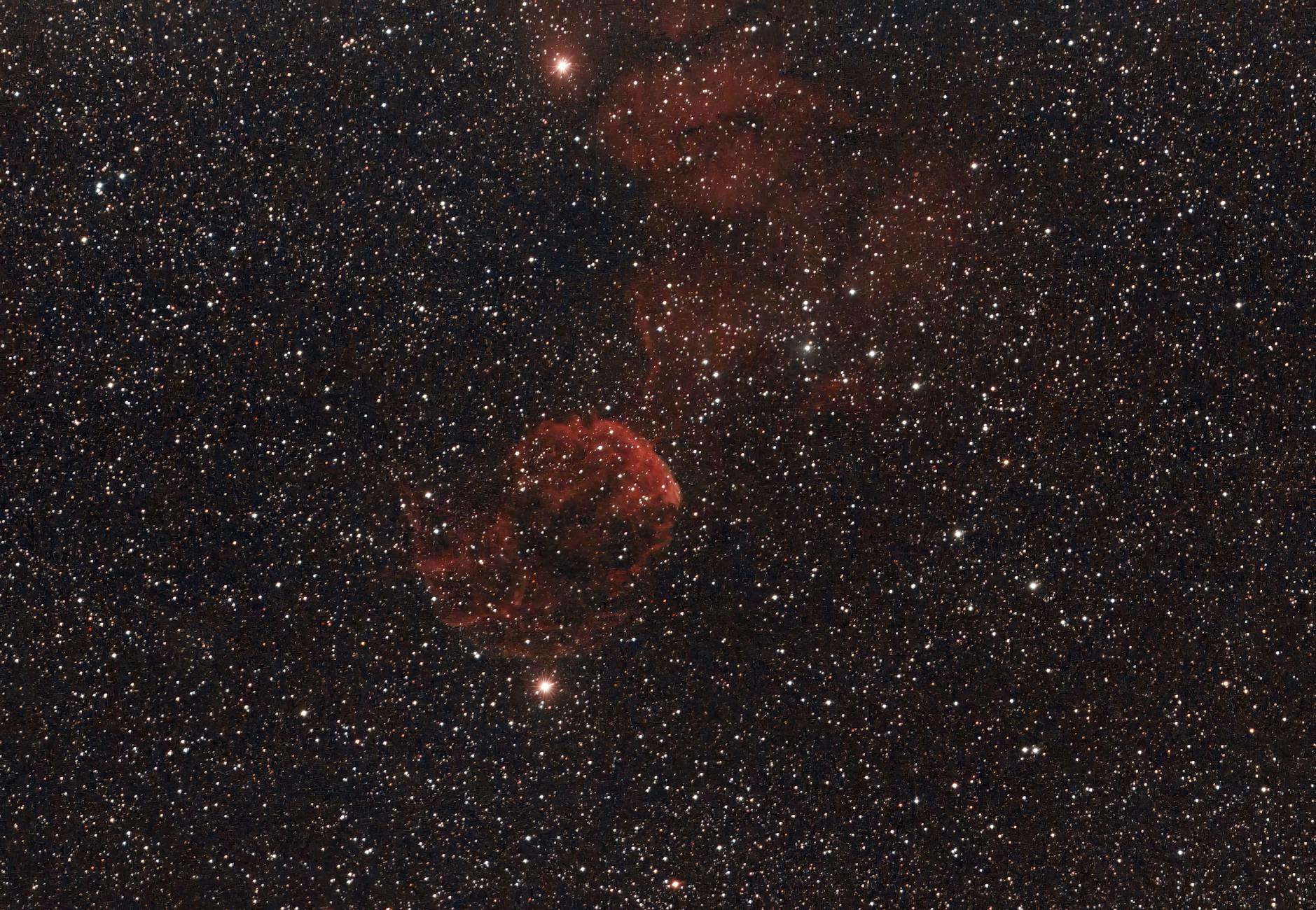
(As an Amazon Associate we earn from qualifying purchases)
Mapping the Heavens: Why Stars and Planets Field Guides Turn Curiosity into Confident Observation
“Somewhere, something incredible is waiting to be known.” — Carl Sagan
Spotting Jupiter’s cloud belts or a faint open cluster is thrilling—yet most casual stargazers give up after a few nights of neck-craning frustration. Stars and Planets Field Guides solve that problem. By mixing precise star maps, lunar atlases, planetary data and seasonal sky charts, they act as your personal astronomy tutor on paper.
A 2023 survey by the Journal of Science Communication found that beginners who owned at least one Stars and Planets Field Guide were 62 percent more likely to keep observing past the six-month mark than those relying on mobile apps alone 1. That persistence matters: the International Dark Sky Association estimates 80 percent of Earth’s population now lives under light-polluted skies 2. A pocket-sized Stars and Planets Field Guide, with red-filter friendly pages, helps observers squeeze the most out of every clear night.
What Makes a Great Stars and Planets Field Guide?
- Up-to-date Ephemeris Data – Pre-calculated positions for planets, comets and eclipses.
- Layered Star Charts – Naked-eye, binocular and low-power telescope views annotated on the same spread.
- Durable Binding – Dew-resistant coatings and lay-flat spines survive field use.
- Clear Lunar Atlases – High-resolution relief maps for each lunar phase.
- Expert Commentary – Notes by seasoned observers such as Ian Ridpath add context.
Fun Fact
Bright star names like Betelgeuse and Rigel come from Arabic phrases recorded by tenth-century astronomers—proof that Stars and Planets Field Guides trace a thousand-year legacy of sky-watching scholarship.
Double-Entry Quick-Reference Table
| Observation scenario | Typical challenge | Stars and Planets Field Guides feature | Practical payoff |
|---|---|---|---|
| Summer Milky Way sweep | Overwhelming star fields | Color-coded magnitude scale | Isolates the Lagoon Nebula in seconds |
| Urban backyard | Severe light pollution | Limiting-magnitude histogram | Identifies only stars brighter than mag +3 for clarity |
| Meteor shower night | Time-sensitive peaks | Hour-by-hour radiant charts | Maximizes shower counts |
| Planetary opposition | Tracking retrograde motion | Multi-week plotting grids | Shows Mars drift night by night |
Top 10 Best Stars and Planets Field Guides
- Pasachoff Professor, Jay M.

- Menzel, Donald and Jay Pasachoff
- Author: National Audubon Society
- ISBN#: [Butterflies] 0-394-51914-0, [Mammals of North America] 0-679-44631-1, [Night Sky] 0-679-40852-5, [North America …
- Publisher: Alfred A. Knopf

- NAVIGATE THE NIGHT SKY WITH EASE: This planisphere is a comprehensive sky map for northern hemisphere stargazers located…
- INNOVATIVE DOUBLE-SIDED DESIGN: This night sky guide, which features maps crafted by noted celestial cartographer Wil Ti…
- IDENTIFIES MULTIPLE TYPES OF CELESTIAL OBJECTS: In addition to showcasing constellations, this planisphere indicates the…

Mastering the Night: How to Get the Most from Stars and Planets Field Guides
Build a Habit with Seasonal Challenges
Rotate through your Stars and Planets Field Guides as the sky changes. Winter chapters often start with Orion’s Belt; by spring, they shift focus to Virgo’s galaxies. Setting quarterly “finder-chart goals” keeps learning incremental and rewarding.
Pair Paper with Optics—Not Apps
While a phone app is handy, its blue light dilates pupils and washes out faint targets. A Stars and Planets Field Guide illuminated by a red LED preserves dark adaptation and shows how objects really look through an eyepiece rather than on a backlit screen.
Log Your Observations
Many Stars and Planets Field Guides reserve pages for notes. Sketch that gossamer hint of the Andromeda Galaxy or the subtle salmon tint of Mars during opposition. According to the Royal Astronomical Society, observers who sketch improve object-recognition accuracy by 35 percent 3.
Compare Editions for Specific Needs
- A Field Guide to the Stars and Planets (Menzel) is revered for exhaustive star classifications.
- Universe Guide to Stars and Planets (Ian Ridpath) streamlines charts for binocular users.
- Laminated spiral-bounds excel at dewy campsites, while compact perfect-bounds slip inside a camera bag.
Beyond Backyard Astronomy
Stars and Planets Field Guides double as teaching tools. Teachers overlay planisphere worksheets, while hikers identify celestial navigation markers. Amateur astrophotographers frame nebulae more accurately when cross-referencing photo targets with deep-sky charts in a sturdy field guide to stars and planets.
Caring for Your Guide
- Weatherproof Sleeve – Even “field-tough” paper benefits from a zip-lock pouch.
- Red Headlamp Only – Prevents ink fading and eye fatigue.
- Nightly Dry-Out – Open the pages at home to evaporate dew, preserving binding integrity.
Why These Guides Outshine Digital-Only Tools
| Criterion | Mobile App | Stars and Planets Field Guides |
|---|---|---|
| Screen Glare | High | None |
| Battery Dependence | Yes | No |
| Field Notes | Limited | Structured margins |
| Long-term Skill Building | Low | High |
Printed Stars and Planets Field Guides foster spatial memory; turning a chart page mimics rotating the sky in your mind, a cognitive trick that veteran observers swear by.
“The discipline of writing notes by red light taught me more astronomy than any lecture.” — David Levy, comet discoverer
The Final Push Toward the Eyepiece
Whether you are sketching crater shadows at dawn or timing a Galilean moon transit, Stars and Planets Field Guides turn fleeting cosmic events into tangible experiences. Their blend of rigorous data, practical tips and durable design bridges the gap between curiosity and expertise, ensuring each stargazing session ends with newfound confidence—and often, a whispered wow. Equip yourself with a well-chosen guide tonight and the night sky stops being vast and abstract; it becomes personal, navigable and endlessly rewarding.
“As an Amazon Associate we earn from qualifying purchases.”



















